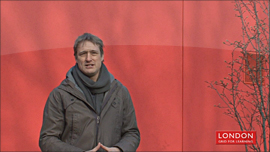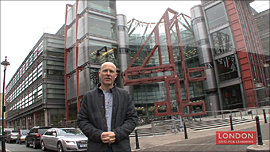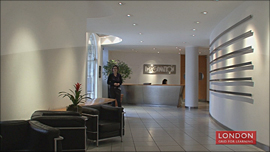KS3 Curriculum Links
Design and Technology: Designing and making 1.1d
Explore how products have been designed and made in the past, how they are currently designed and made, and how they may develop in the future.
Geography: Place 1.1a
Understand the physical and human characteristics of real places.
Geography: Place 1.1b
Develop ‘geographical imaginations’ of places.
Geography: Space 1.2b
Know where places and landscapes are located, why they are there, the patterns and distributions they create, how and why these are changing and the implications for people.
Geography: Physical and human processes 1.5a
Understand how sequences of events and activities in the physical and human world lead to change in places, landscapes and societies.
Science: The Environment, Earth and Universe 3.4c
Human activity and natural processes can lead to changes in the environment.
Key words
Design: process of developing ideas.
Three dimensional: not flat, but with height, width and depth.
Activity
Materials: paper, pencils.
Steps:
Past: Clues to the past
- Gather students in the space to be explored.
- Ask them to:
- Spot which elements are old and which have been added.
- Find 3 favourite shapes in the space.
- Use drawings and words to describe the shapes and what you find interesting about them.
Present: Function
- Divide students into small groups and give each one a space within the building to explore.
- Ask each group to:
- make a spider diagram of activities that happen there.
- draw diagrams to represent the layout, shape and size of the space.
- list any clear adaptations that have been made to the space to facilitate these activities.
- give the space a mark out of 5 for how suited it is to its function.
- Students should explain the adaptations, shape, size and layout of the space to the whole group. The group can guess its purpose/which space it is.
- Public v Private. If the building is both public and private, ask the students to vote (with their bodies by standing in a particular area, or by raising their hands) if each space is more public or private. What clues support this? Hints: choice of materials, lighting, size of the space.
- Flexibility: Rotate the groups so that each group has a new space to investigate. Challenge them to find out if that space is used differently at other times of day (for example after hours). What evidence can they find to support this? Encourage them to think about whether furniture / space layouts can be changed.
Future: Whatever next?!
In small discussion groups, ask students if they think this building and its grounds could easily be adapted to a different role in 20 years’ time.They should consider:
- What the new use could be.
Activity Continued
- What qualities of the existing space could be useful for the building’s new role.




